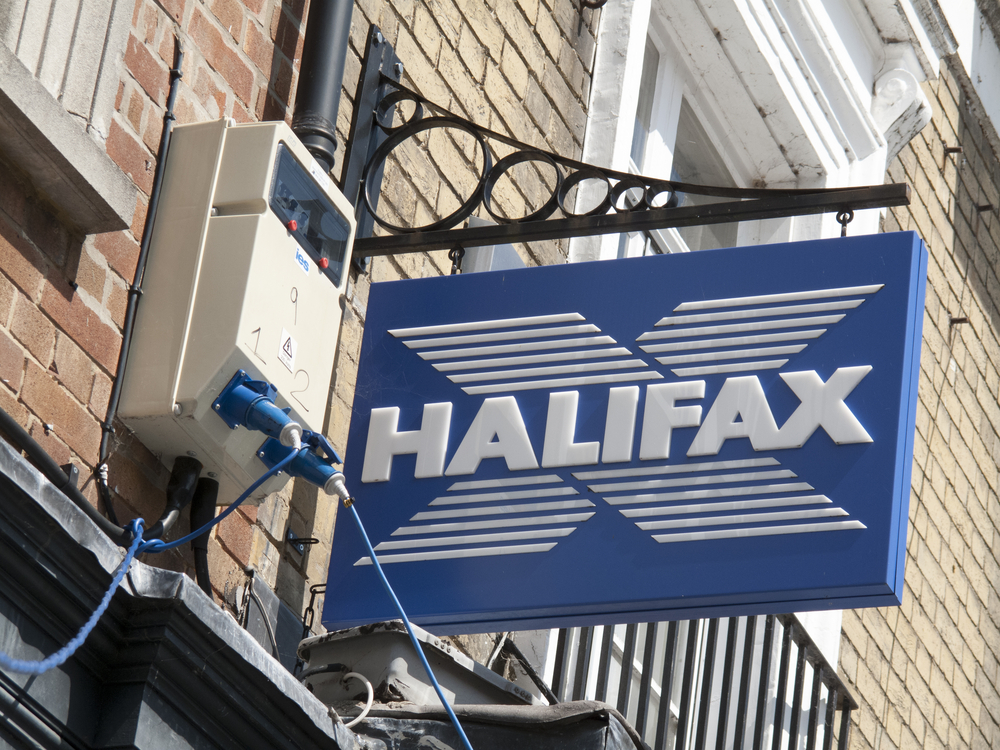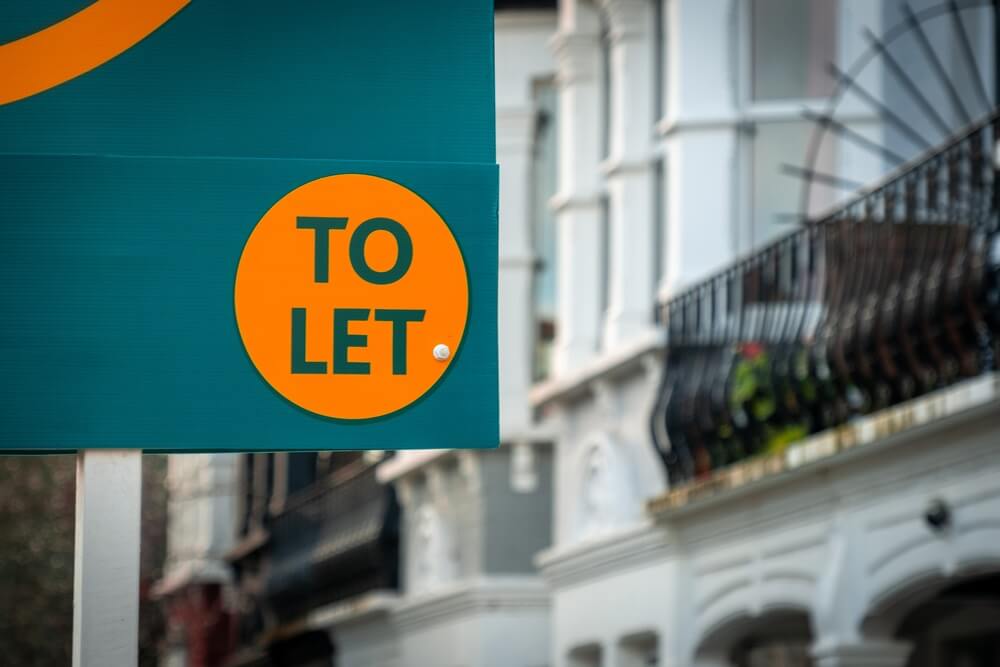Three big questions have been dominating our headlines for some time now: how much longer are we living? When should we retire and how do we bridge the pension gap to afford what wed like, or often simply what we need?
A growing number of people are living in private property that has risen in value by up to 120 per cent in the past decade alone, according to Halifax Bank, and feel their later years should be paid for by drawing down some of that equity.
Downsizing literally moving to a smaller, cheaper home is one solution, but that may mean leaving a cherished house, locality and friends. Another option is to enter into an equity release (ER) deal, which has the benefit of allowing you to stay in the property. In 2005, some £1.2 billion of equity was released this way by older homeowners.
Recent research by Norwich Union, Britains largest provider of ER schemes, shows 22 per cent of the over-55s are concerned about not having enough money in retirement, with only 34 per cent having enough to buy any luxuries at all in later life. A frightening 17 per cent say they will have to rely on family and friends for support after they stop working.
Research shows that women are particularly vulnerable to a poor lifestyle in retirement. Almost one in seven will retire as divorcees, while only 50 per cent of women aged 50 or over have any personal pension provision at all.
Women face a double whammy of disadvantage according to Nigel Spencer of Norwich Union: They have lower pension provision compounded by a greater life expectancy than men. Currently, a 65-year-old woman retiring now has an average life expectancy of a further 22 years. Add to the mix the fact that she may well have taken a career-break to raise children and this could mean a small pension pot not being able to provide an adequate income for a comfortable retirement.
Little wonder more elderly people want to realise the value of the house or flat they live in.
Past mistakes
Equity release has, of course, had a chequered past. With huge interest rates charged in the past, some ER schemes hit the headlines with alleged mis-selling and many clients feeling ripped off. Things have changed now.
The Treasury is consulting with mortgage companies, banks and building societies about introducing new laws to safeguard clients, while the Financial Services Authority is recruiting new staff to police those schemes already under its control.
A new start
Greater competition amongst providers helps improve customer choice too. Equity release interest rates today are as low as 5.79 per cent and are expected to fall further as the market grows. They are now also portable, which means you are not tied to a property for life and can still downsize a few years later. The loan is not payable until the death of the last surviving borrower. The loan-to-value ratios have improved and are highly competitive across all age groups, claims Roger Hillier, lifetime product manager at Bradford & Bingley, which entered the ER market in 2003.
Theres also a far wider range of products and lenders to choose from, including some high street banks, which can only help the markets reputation he says.
Clearly many customers have already been convinced that the sector is worth investigating once again, as the number and value of ER plans sold to homeowners this year is already beating the 2005 figure according to Key Retirement Solutions (KRS).
In the first quarter of 2006, KRS sold some 7,087 equity release plans compared to 5,795 during the same period last year, an increase of 22 per cent. The value of the plans sold rose by 12 per cent, from £277 million in the first quarter of 2005, to £310 million a year later.
Equity release may still have some way to go but it is already tempting thousands of older owners wanting to make their homes provide for them.
Safeguards
The most reputable providers of equity release schemes are members of SHIP (Safe Home Income Plans, www.ship-ltd.org), a self-regulating industry body set up by the lender in 1991.
All participating companies are pledged to observe the SHIP Code of Practice and display the SHIP logo in documents as a guarantee to customers.
SHIPs code binds firms to provide an easy-to-understand outline of its equity release plans. The code also insists that any customer takes independent legal advice to oversee the transaction and signs a certificate to confirm that the main features and implications of the chosen SHIP plan have been made clear.
What is equity release?
There are two main types of equity release:
Lifetime mortgage this is a loan secured on your home. It is a mortgage loan taken out to provide income for the rest of the owners life.
Interest payments on the loan are rolled up on top of the capital throughout the term of the loan. No repayments are made while you live in the property, but the loan is repaid from the proceeds of its sale when you die or move out.
You retain legal title to your home while living in it but will face hefty repayment fees if you later decide to pay off the lifetime mortgage. The Financial Services Authority (FSA) regulates lifetime schemes.
Home reversion an owner sells part or all of a home in return for a lump sum, plus the right to remain in it until he/she dies or moves.
The size of the lump sum varies according to the age of an owner, likely life expectancy and the market value of the property. The sum may be drawn down or used to purchase an investment to provide additional income, or paid straight to the former owner to do with as they wish.
When the former owner dies or moves, the reversion company will sell the property, keeping the proportion originally bought, but repaying the proportion left to the deceased persons estate. Home reversion plans are not currently regulated by the Financial Services Authority, so there is no formal protection if things go wrong.
Rates are still typically higher than for ordinary mortgages; for example, the Prudential currently has a product at 6.02 per cent and Bradford & Bingley offers 5.99 per cent.
These products are saddled with high redemption charges, making it difficult to pay them off early in some circumstances. Set-up charges for equity release are roughly £1,000. This includes an application fee, the cost of a solicitor, property valuation fees and the cost of any mortgage advice.


 Buy-to-let
Buy-to-let



















